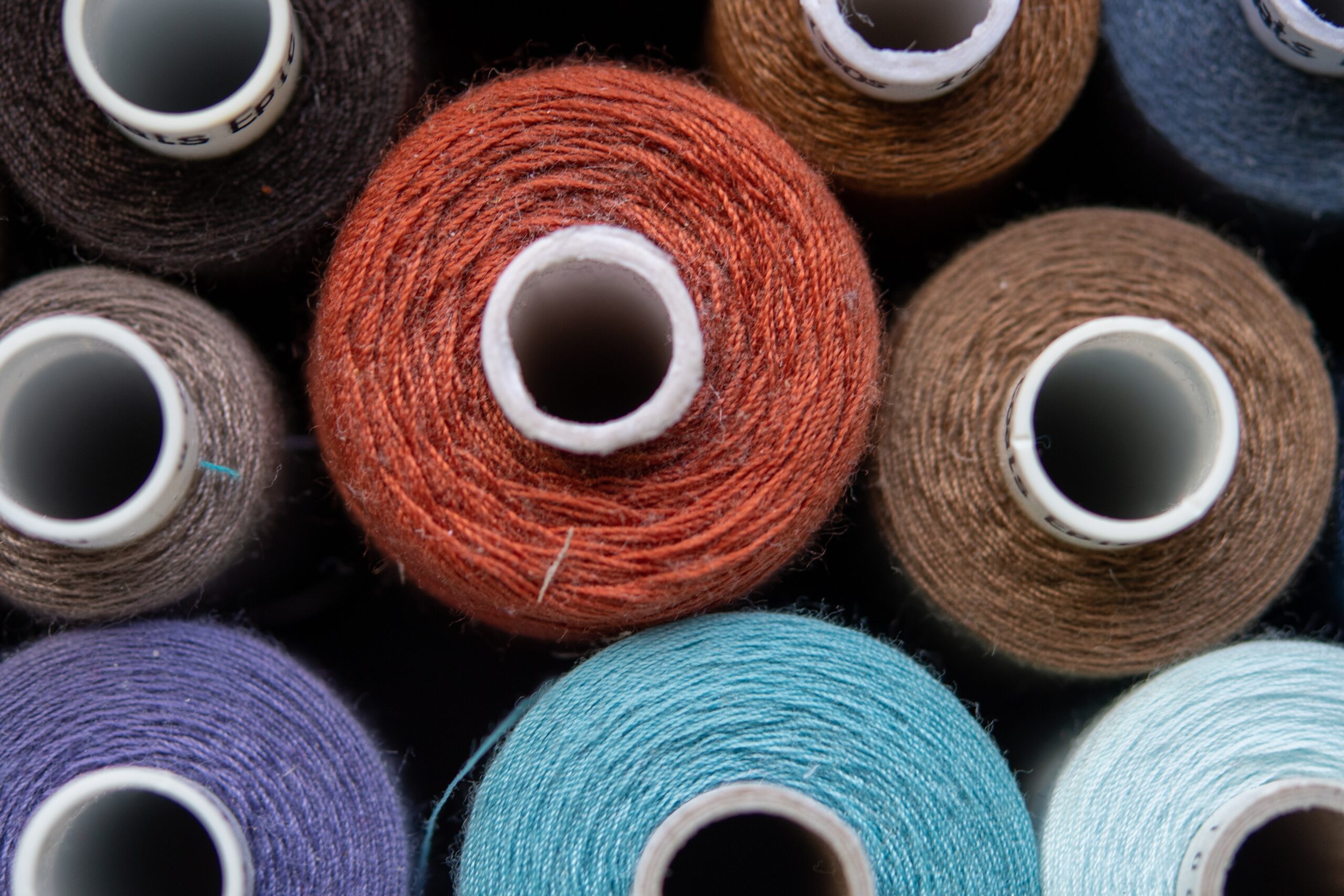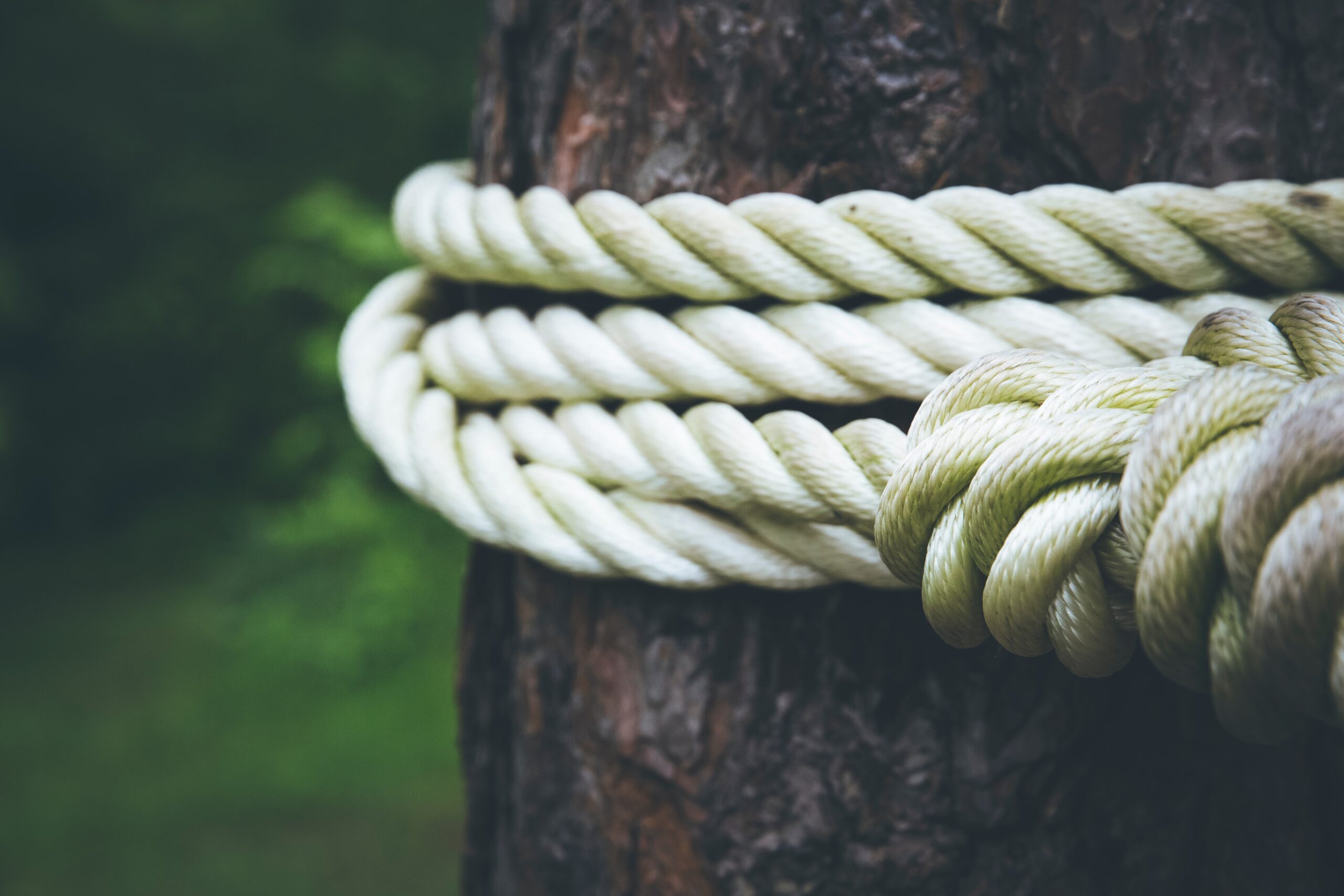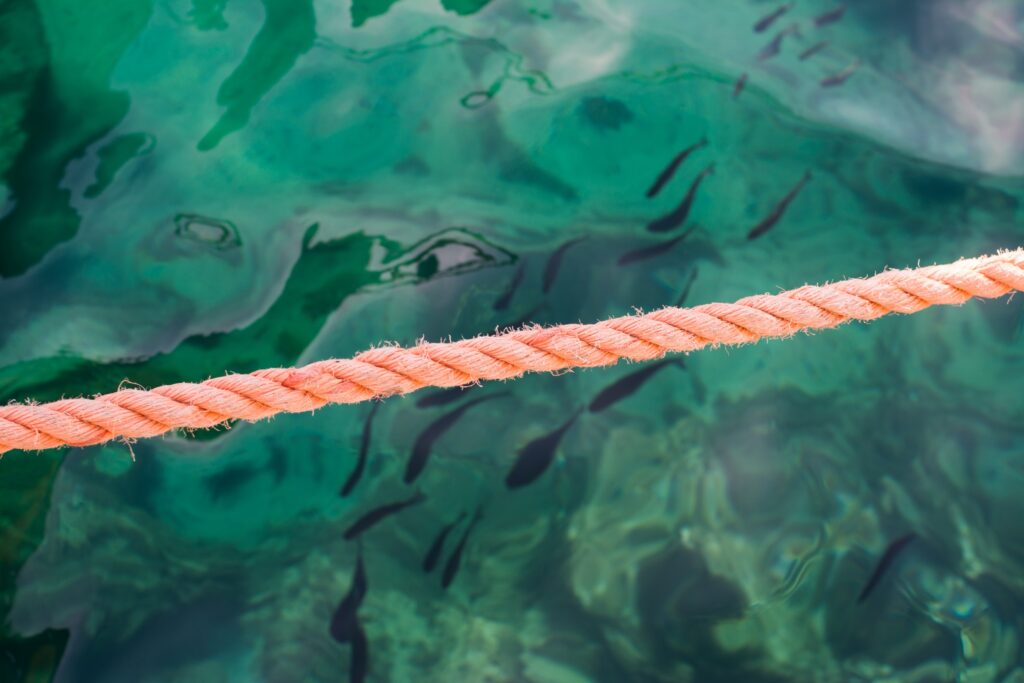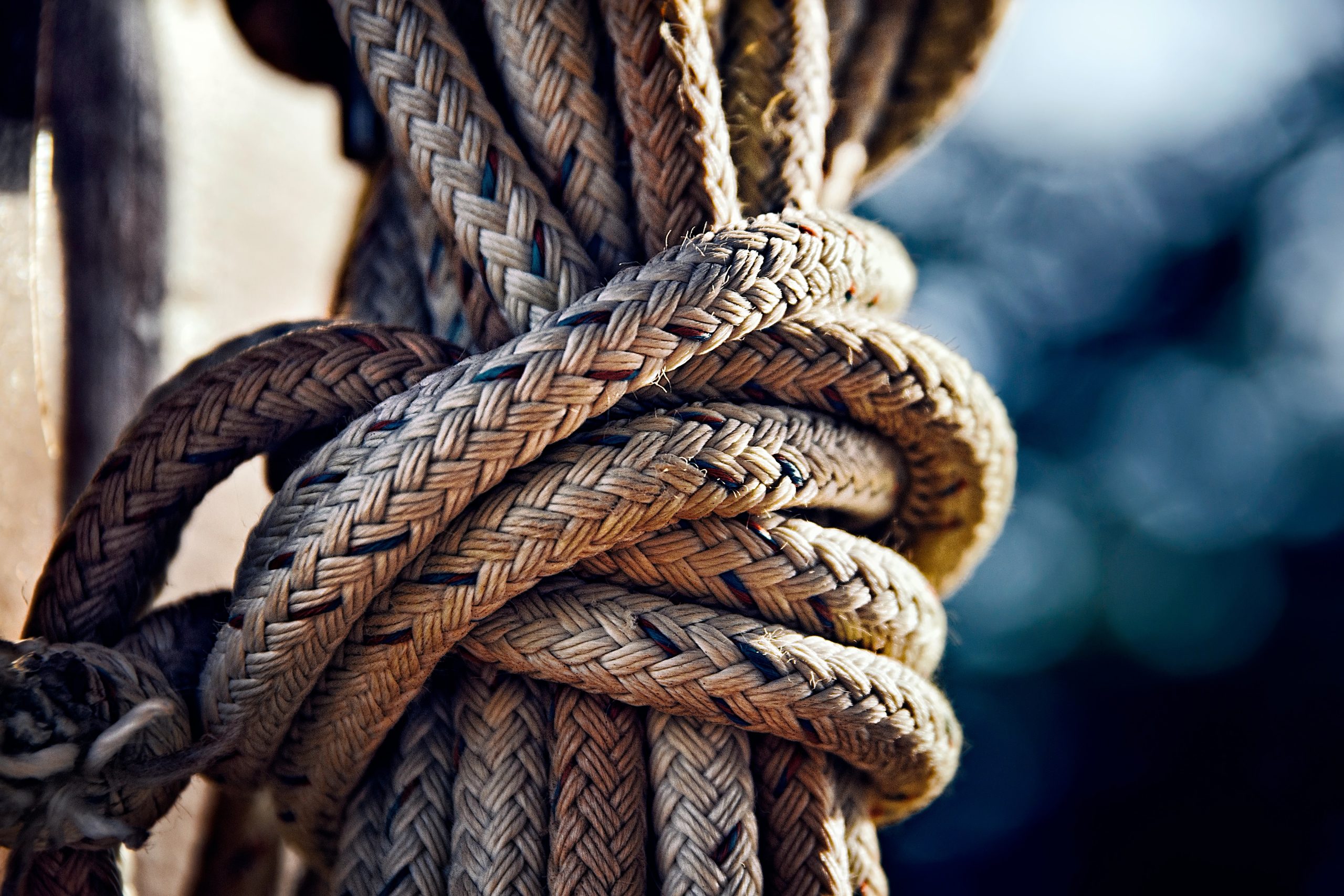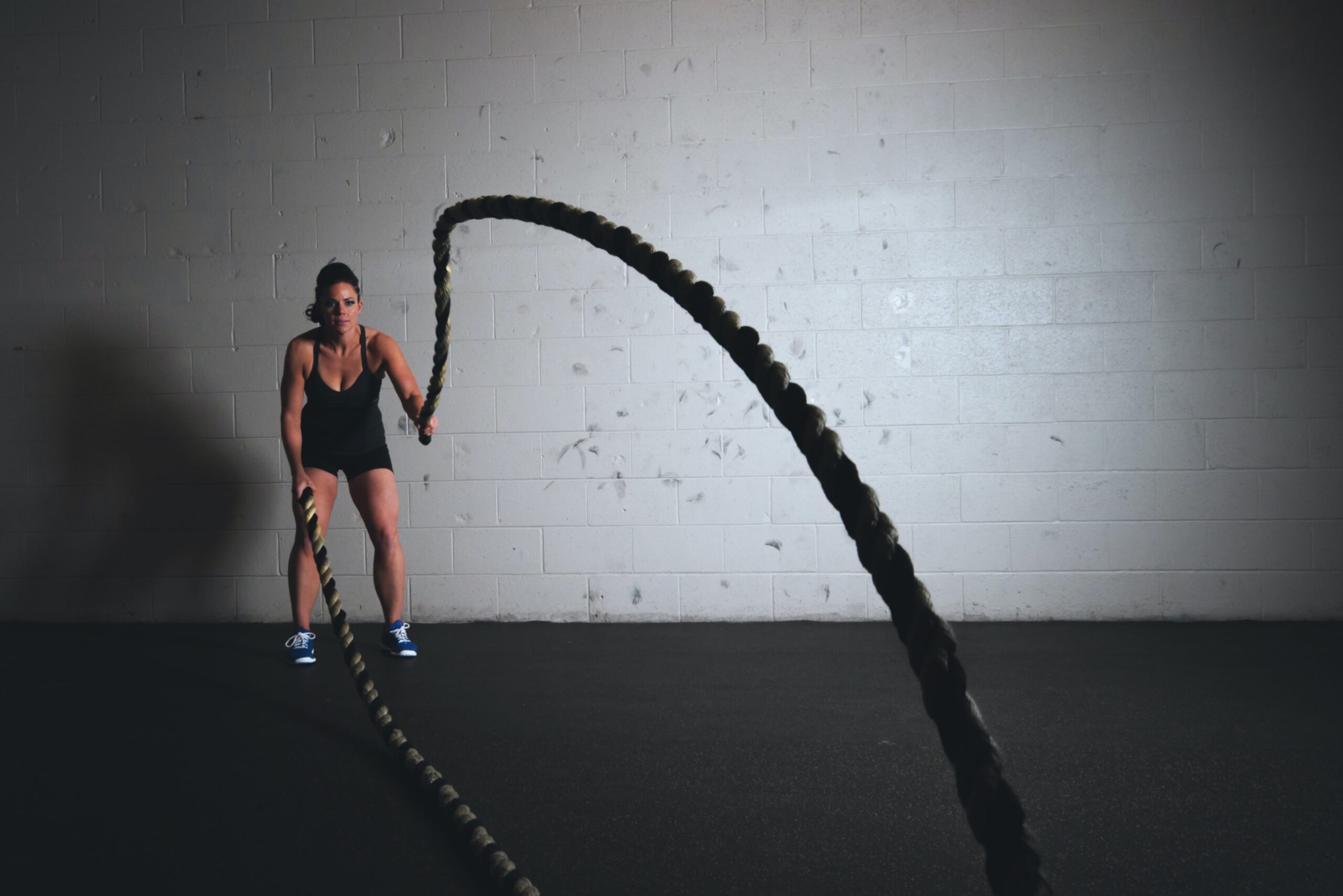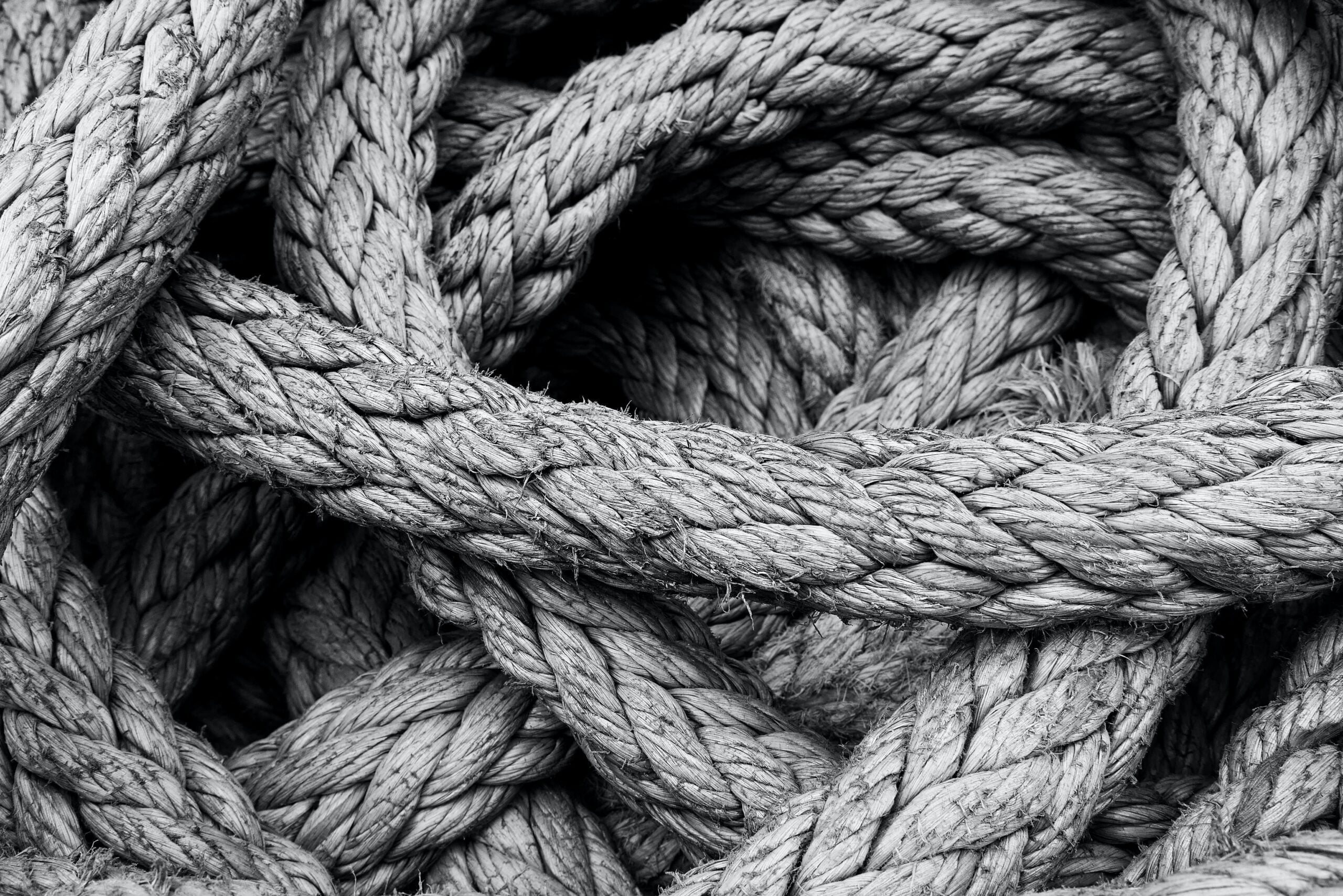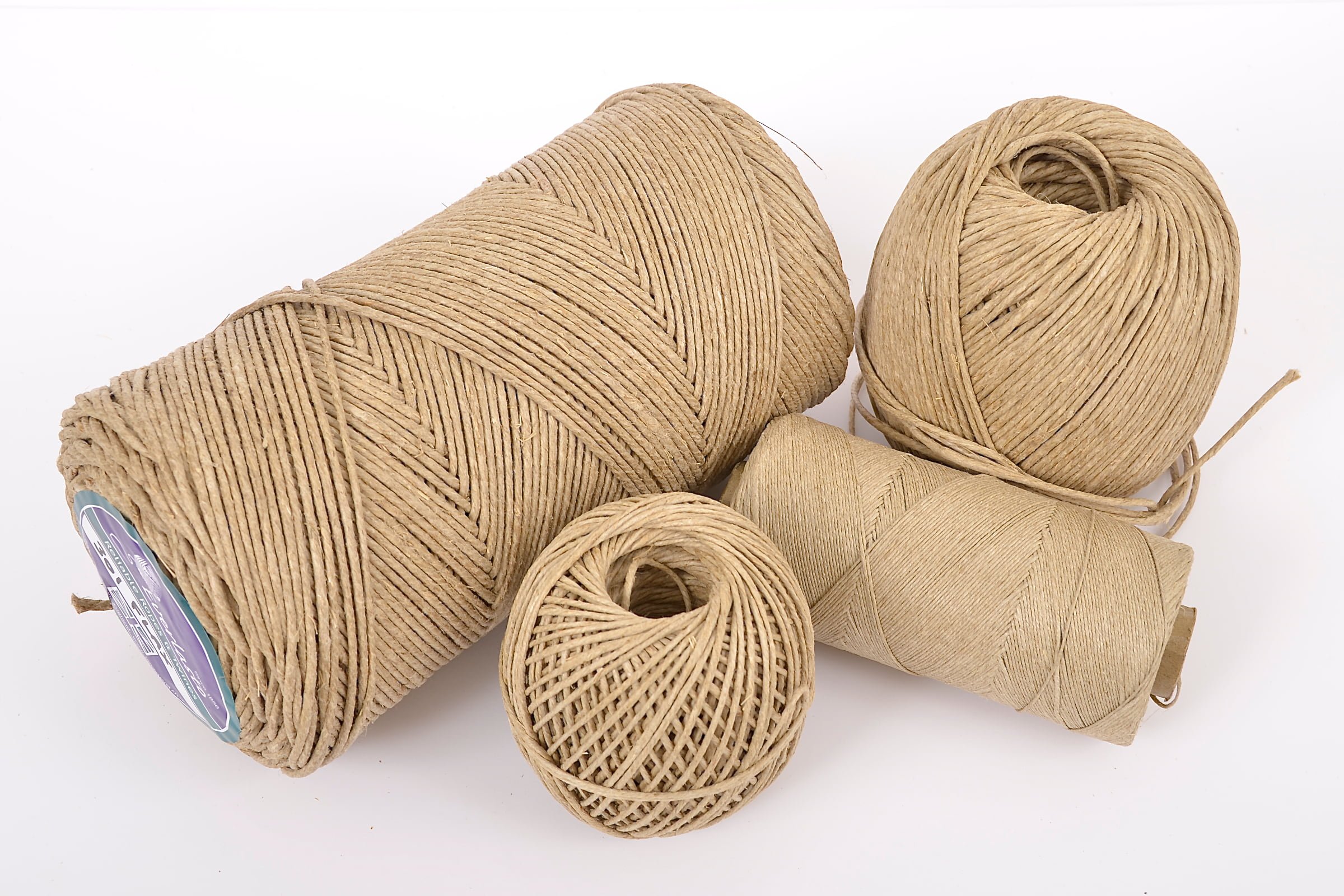
If you’re looking for more information about flax twine, you’ve come to the right place. This nifty type of twine has many uses, which we discuss further in this blog post. Learn what flax twine is, as well as some clever ways to use flax twine around the home and garden.
What is flax twine?
Flax twine is a strong thread-like material that’s made from a plant called flax. Flax has been cultivated for thousands of years for the use of its versatile fibres. To create flax twine, the fibres are first extracted from the flax plant’s stem. These fibres are then spun together to create flax twine, creating a twine that’s thin, strong, and resistant to breaking and stretching.
Flax twine is a natural twine, therefore it is light brown in colour and has a slightly rough texture. Due to these qualities, flax twine gives a perfectly rustic look to any craft or project. If this aesthetic is your cup of tea, take a look at these five rustic design ideas for your home.
What is polished flax twine?
Polished flax twine refers to flax twine that has undergone a finishing process to enhance its appearance and smoothness. The twine will undergo either chemical or mechanical processes which leave the twine feeling smoother. Polished flax twine is most often used for upholstery and stitching, since its smooth texture won’t irritate the skin as much as untreated flax twine might.
What is the difference between rope and twine?
There are a few main differences between rope and twine, such as:
Thickness
Rope is much thicker than twine, with diameters typically ranging between 6mm and 28mm. On the flip side, twine can be as thin as 1mm in diameter, ranging up to approximately 3mm thick. As you can see, twines are much thinner than ropes.
Material
Both rope and twine can be made from many different materials, including both natural and synthetic fibres. The material used will usually depend on the intended application. Since twines are normally used for decorative or light-duty purposes, they are more likely to be made from natural fibres such as flax, natural cotton, jute or sisal.
Strength
Whilst both ropes and twines provide strength and durability for their intended purposes, ropes are a lot stronger than twine. This is due to a combination of the materials and thickness of the rope, meaning it is capable of holding large loads.
Uses
Rope is commonly used in activities such as climbing, sailing, construction, agriculture, and other heavy-duty applications. It is also utilised for making nets, rigging, and in industrial settings. Twine, with its lighter and more flexible nature, is often used in packaging, arts and crafts, gardening, and smaller-scale applications where less strength is required.
What is flax twine used for?
Flax twine can be used for many different purposes, which we will outline below.
1. Gardening
Flax twine is commonly used for tying plants to stakes, trellises, or other plants. The strong natural fibres ensure your plants will remain in place despite adverse weather conditions such as wind. Because flax twine is made from plants, it is eco-friendly and will biodegrade without leaving waste in your garden. You can also use flax twine to bundle together herbs, flowers and other plants that you pick from your garden.
What kind of twine should I use for gardening?
Flax twine is perfect for gardening due to its natural fibres and strong, durable characteristics. This twine can be used for tying plants to all kinds of surfaces without damaging them, and is also biodegradable. However, if you don’t have flax twine on hand, another strong natural fibre will do the trick. Consider using natural jute twine, sisal twine or any other garden twines.
2. Crafting
Like any kind of twine, flax twine is perfect for a multitude of crafts and DIY projects. If you like the look of these jute twine craft ideas, you can simply substitute flax twine for jute twine. Or, take a look at some more craft twine ideas to get stuck into with your flax twine.
3. Tying parcels
One of the most common uses of flax twine is for tying parcels together. Whether this is for practical parcels to send in the post, or beautiful gift wrapping, flax twine is a strong yet attractive way to hold parcels together. What makes flax twine a great option is its biodegradability, which allows you to do eco-friendly gift wrapping on a budget. For more gift wrapping ideas that will bring smiles to faces, why not take a look at our inspirational guide?
4. Bookbinding
Flax twine is suitable for use in bookbinding. It can be used to sew pages together, creating a strong and flexible binding. Because flax twine is so flexible, it ensures that the pages will be good to last for a long time and many uses. Flax stitching twine is well suited for creating strong stitches that still look attractive.
5. Household uses
The uses for flax twine are limitless, especially for odd-jobs around the house. Here are just some examples of how flax twine can be used around the home:
- Hanging picture frames
- Hanging ornaments and decorations
- Tying back curtains
- Bundling herbs
- Repairing broken straps
- Wrapping cords together
- Hanging clothes (use a thick flax twine for this)
Is twine made from flax?
Twine can be made from many different materials, including flax. Flax is a natural fibre derived from the stem of the flax plant (Linum usitatissimum). It is known for its strength and durability, and it has been used for centuries to make various products, including twine. Twine can also be made from other materials such as cotton, polyester, jute and sisal.
Is twine eco friendly?
Flax twine, and other twines made from natural fibres, are incredibly eco friendly. Flax is a biodegradable material, making it perfect for use in the garden since it will break down naturally over time. However, synthetic twines are not biodegradable and have a higher impact on the environment.
Are you ready to get your hands on our multi-purpose flax twines? Whether you want to use it for crafting or out in the garden, flax twine is a reliable tool to have on hand. Contact Rope Source for more information about all things ropes, cords and twines.


